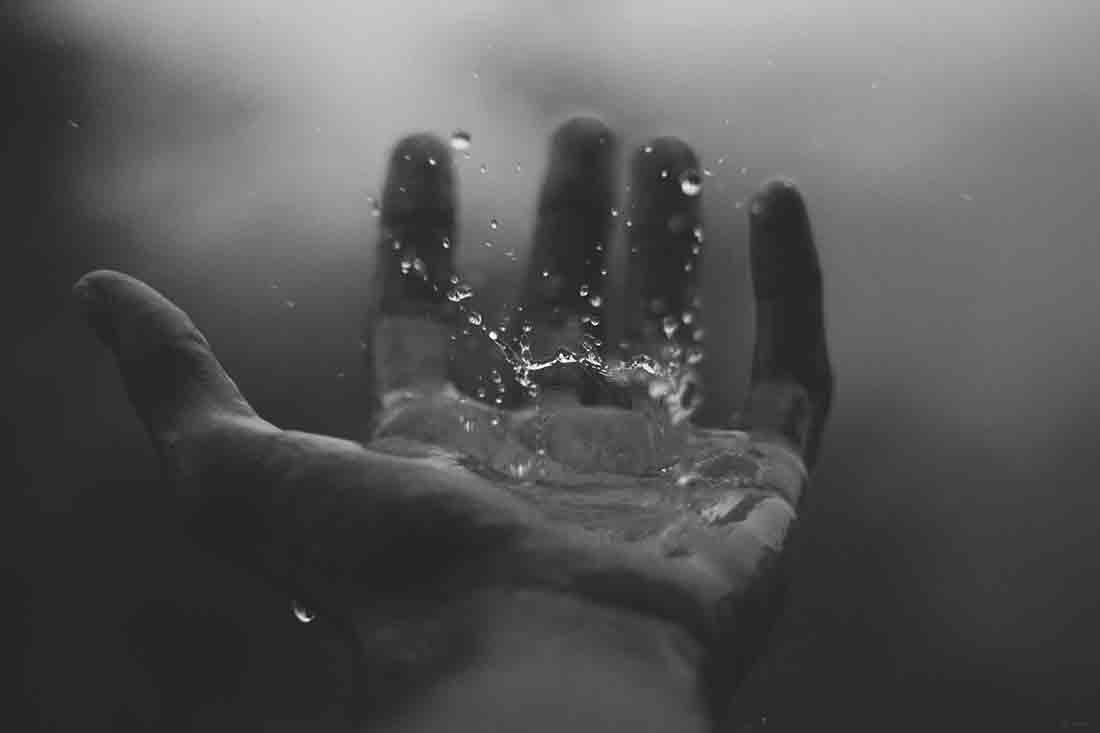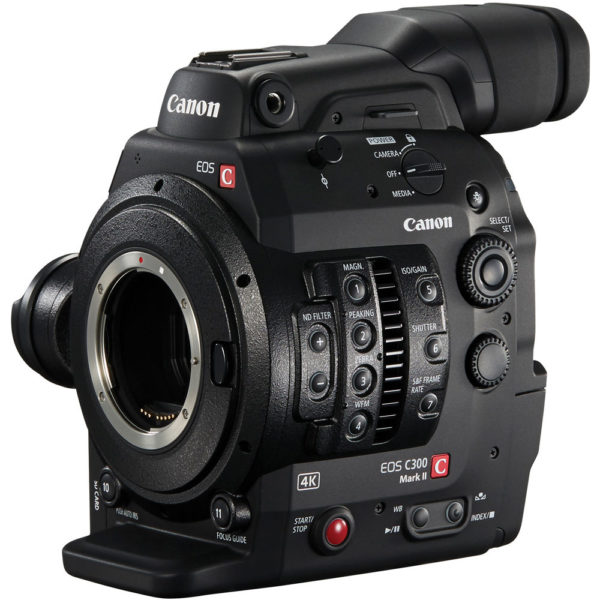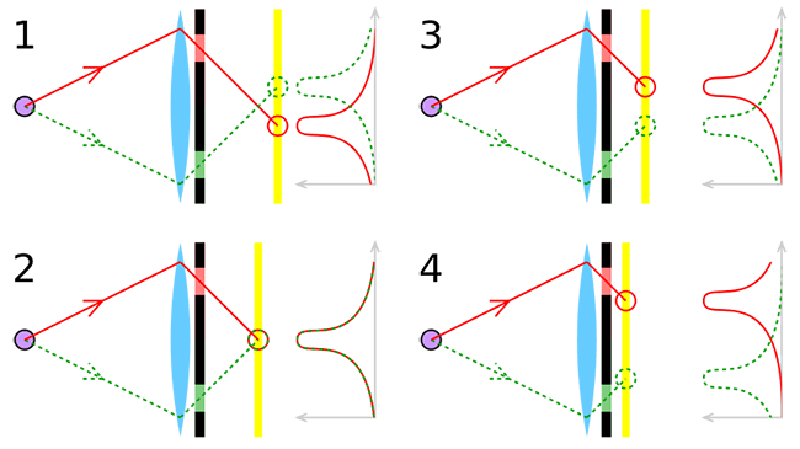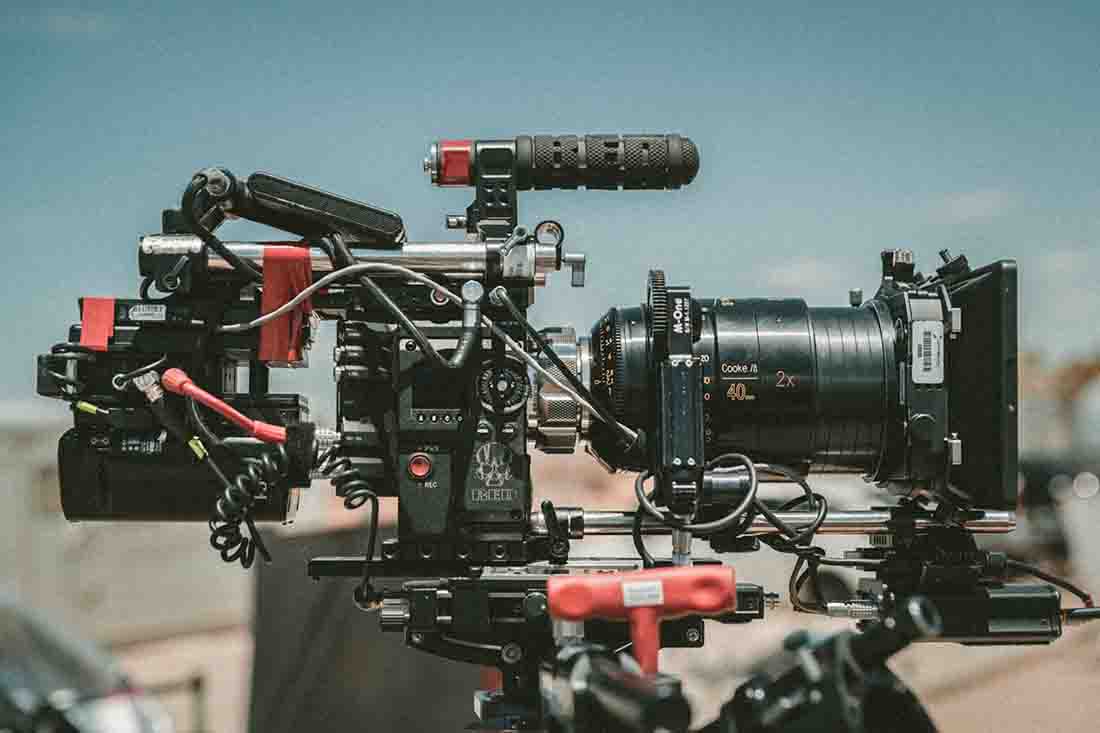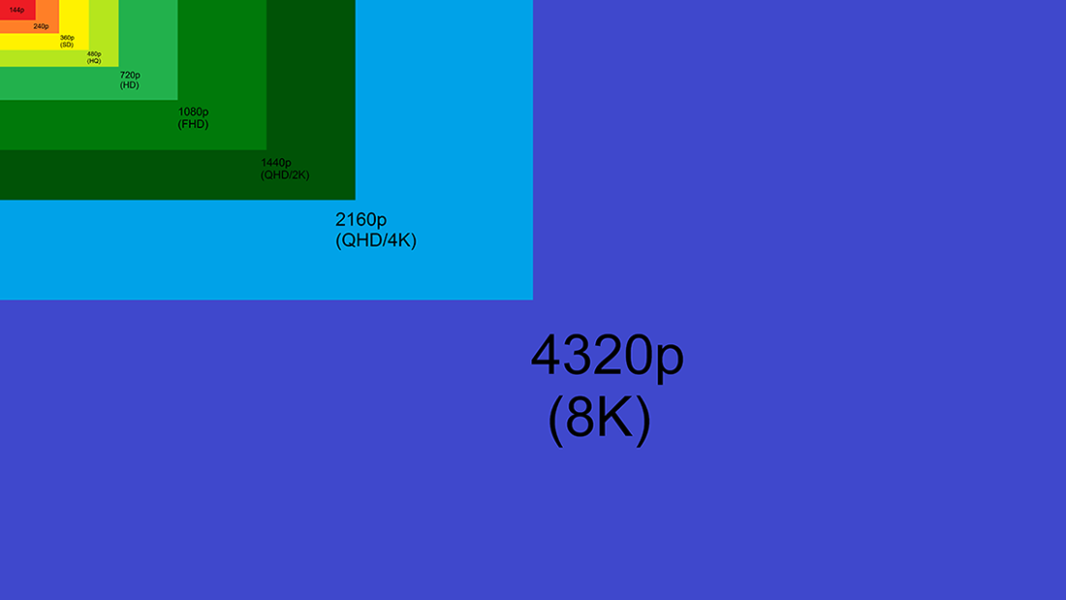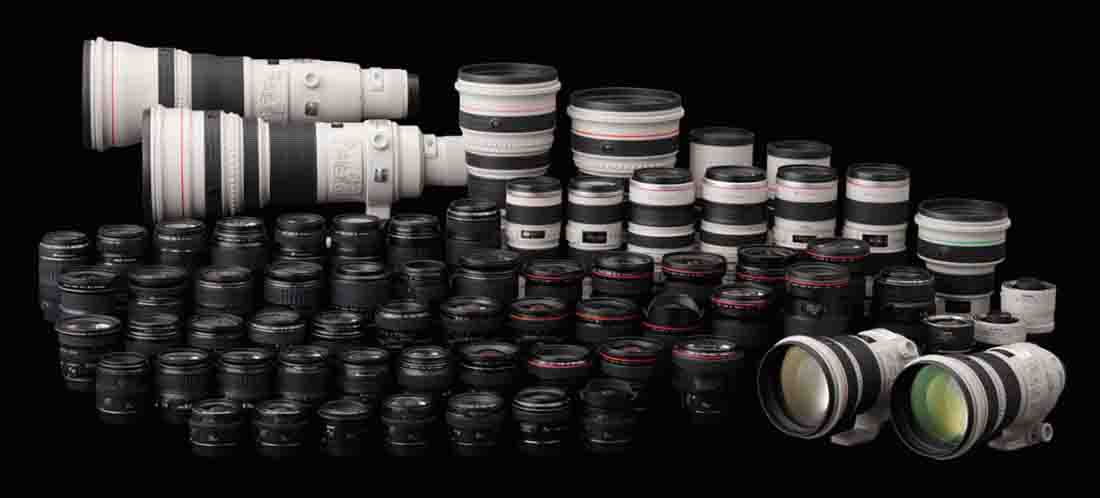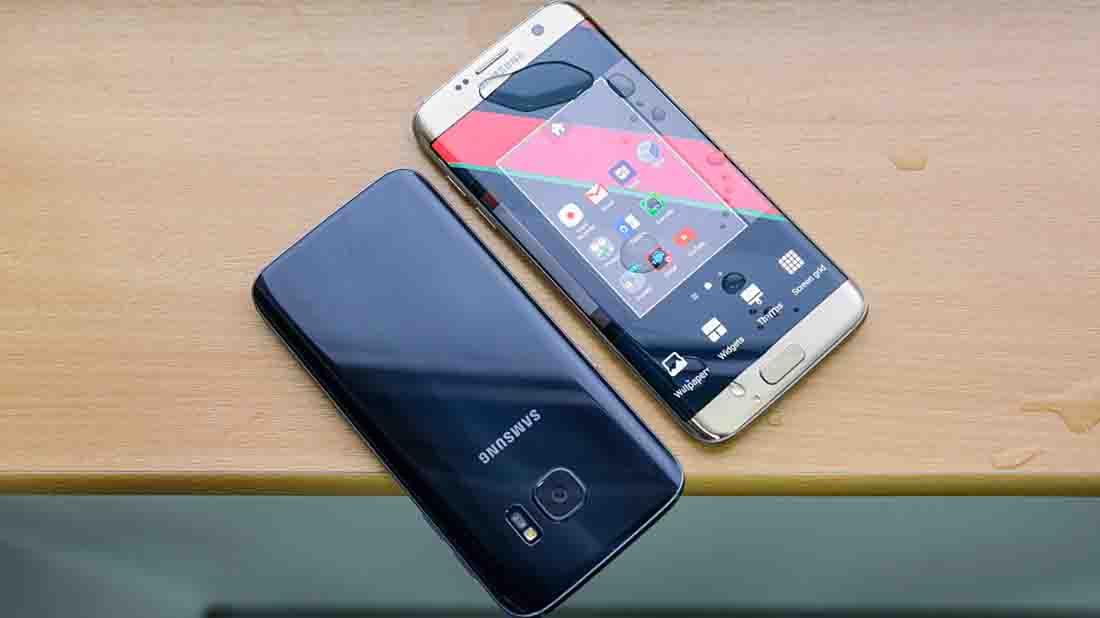Dual Pixel Autofocus. Oh! If only I had that magic. Blessed are the people who have this AMAZING technology in their cameras. It is a bit weird for me to react like this to some form of technology. More often than not manufacturers just bring up old technology from the grave, or better the existing by 10%, make it up into a gimmick, name it something fancy and voila! Absolutely cutting edge tech is ready! But not this time. This is indeed revolutionary and path-breaking.
Why?
Let me explain.
What Is Dual Pixel Autofocus?
Dual Pixel CMOS Autofocus (also known as DPAF) is a completely new way of implementing the existing Phase Detect Autofocusing system to make focusing on cameras fast, reliable, accurate and more controllable. Now I say “implementing” as the entire premise of Dual Pixel Autofocus is based on the long existing Phase Detect Autofocusing system. The only difference is how it is managed and leveraged for better results (more on this in just a bit).
Dual Pixel Autofocus system was first introduced by Canon in its entry-level camera Canon EOS 70D in the year 2013. No, it is not new anymore but still, nearly after five years of its introduction, it is still ruling the roost in the focusing department. Frankly speaking, there is nothing even remotely comparable from other manufacturers like Nikon, Sony or Panasonic that could challenge the prowess of DPAF, especially in the movie recording department.
Canon has also leveraged this advantage quite well. What was first released on an entry-level camera to test the market was later introduced in many subsequent Canon camera bodies like the EOS 80D, EOS t7i, 7D Mark II, 5DMark IV, etc. When Canon started offering its first mirrorless bodies, DPAF was offered in many such camera bodies too like the EOS M5 and M6. It even offered a beefed up and upgraded version of the Dual Pixel Autofocus systems in its professional DSLRs like the EOS 1DX Mark II and its cinema-line cameras namely C100 Mark II, C300 Mark II, etc.
What I am trying to get to is this; Dual Pixel CMOS Autofocus system is not something trivial and is NOT a gimmick. It is a seriously robust and well-rounded system that Canon has perfected over the years and something that will add to every photographer and film maker’s delight. Simply, it is here to stay.
How Does It Work?
Like I mentioned earlier, Dual Pixel Autofocus is fundamentally based on the existing framework of Phase Detect Autofocusing system. If you do not know what Phase Detect Autofocus system is, let me just explain it to you very briefly.
Phase Detect Autofocus
If you are not in full manual mode and are using one of the semi-automatic modes like aperture or shutter priority, whenever you point your camera at any subject and press the shutter button halfway two things happen:
- The camera measures the amount of light available using an internal TTL light meter and sets up the camera settings for correct exposure.
- At the same time, a tiny fraction of light which enters the camera is sent to the autofocusing sensors to determine focus.
Let’s talk about the autofocus mechanism a little bit more in detail.
As you already know that behind the main 45-degree mirror that shields the image sensor and reflects the incoming light into the pentaprism, there is a secondary mirror. The function of this secondary mirror is to direct a tiny fraction of light that passes through the translucent section of the primary mirror to the autofocusing sensors located below. This is where all the magic happens. (If you are learning about this the first time, I would suggest you read this part a few times, its important for you understanding).
Phase Detect Autofocusing system then uses microlenses to effectively make two copies/clones of the image which is formed. These images are then projected onto two independent autofocus sensors which analyze the phase difference between the images and depending on them determine correct autofocus. The simple rule to follow here for the AF sensor is whether the two images overlap perfectly over each other. The images should be absolutely identical on the two separate sensors to attain the correct focus.
But the process is not finished yet. The lens of the camera has to be directed in the correct direction so as to attain the correct focus remember? So after the autofocus sensors determine whether the subject is front or back focused, a control signal is generated to guide to lens the exact magnitude and direction to get the subject in perfect focus.
Problem With Phase Detect Autofocus Engagement
I don’t know whether you noticed it or not but there is a small problem while shooting with just the Phase Detect Autofocusing System that we talked about right now; especially when shooting videos. Did you get it?…..No? Okay, let me show you.
To use the whole system of Phase Detection, both the primary and the secondary mirrors need to be flipped down. It is these mirrors that reflect and guide some of the incoming light onto the AF sensors to evaluate and calculate focus in the first place. The problem is whenever you are shooting a video or using Live View, both the mirrors have to be flipped up to engage the image sensor. Yes, you guessed it right, Phase Detect cannot be used in these scenarios anymore hence.
So, now all you have is Contrast Detection Autofocus at your disposal. With the mirrors up, this is the only way the image sensor has to determine and implement autofocusing. Unfortunately, this also translates into slow, unreliable, dull and simply terrible autofocusing. It might work kinda okay when there is plenty of light but MOST of the time it would be horrible to work with. And did I mention it is HORRIBLE to work with!
Enter Dual Pixel Autofocus
Dual Pixel CMOS Autofocus solves all these problems in one single beautiful stroke.
- First, it is an image sensor based autofocusing system which means there is no need to divert shafts of light to any other auxiliary AF modules.
- And second, ALL the pixels on the image sensor are used to triangulate focusing as precisely as possible.
Let’s break them down a bit.
Image Sensor Based Autofocus
This may not seem to be a major deal but trust me it is. With the autofocusing system being built on the imaging sensor itself, it really doesn’t matter if the mirror is up or down. This means that even in Live View and when shooting videos you have the full capabilities of the Phase Detect Autofocusing system at your fingertips. So now you can focus on any subject with just as much precision as when using the viewfinder, even when you are actually using the live view.
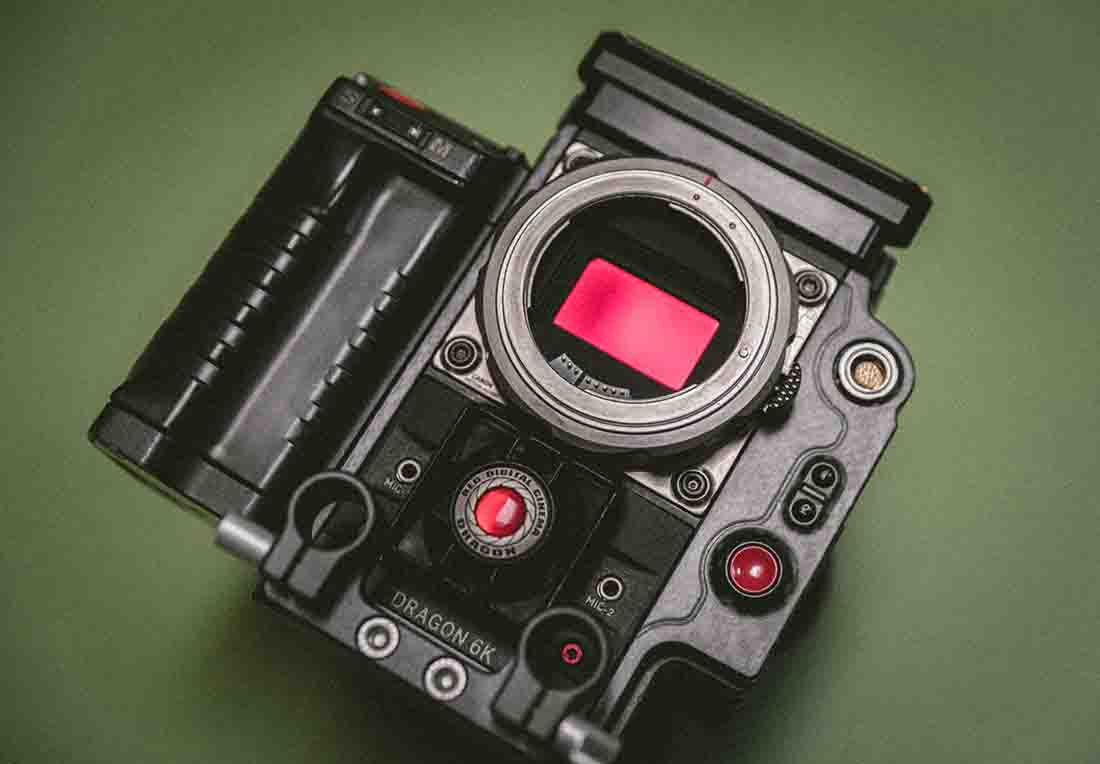
Filmmaking is now a breeze. For a one man shoot crew who uses a ‘Run N Gun’ approach to make films, there couldn’t have been a better boon than this.
100% Of Available Pixels Used For Autofocusing
The first camera on which the DPAF was available on was the Canon 70D. The camera had 20.2 million pixels available on the image sensor. That is a large number. Dual Pixel Autofocus system harnesses the full power and capabilities of ALL the pixels available to ascertain focus as precisely as possible and that too lightning fast.
Each and every pixel on the imaging sensor of the camera has a microlens attached at the front. The microlens as we discussed in the Phase Detect Autofocus system splits the incoming light and projects it onto two independent photodiodes at the back of the pixel. The photodiodes then collect and relay the information to a data processing unit which then analyzes the phase difference of the two parallax images and hence calculate the correct focusing adjustments necessary. It is nothing but just making two copies of the same image and then comparing them to calculate focus distance.
Why Is All This A Big Deal?
If you could go back a few decades in time and talk about ‘autofocusing’ with bunch serious photographers, I can assure you they would simply laugh it out. “Oh! My gullible friend….autofocus is all crap. For professional use, there is nothing better than manual focus”, is probably what they would say.
And the funny part is maybe they were right, at that time that is! Autofocus in those days was actually crap much like the contrast detect autofocus we have these days. You simply could not bank on them. They were finicky and completely unreliable.
The scene has changed quite a lot since. Camera manufacturers like Nikon, Canon, Panasonic, Sony, Pentax, Red have invented and deployed better and better autofocusing system in their cameras to eliminate the guesswork of Manual Focus completely from the equation and replace it with a sound and functioning automatic system. From Phase Detect to Hybrid Autofocusing (using both phase and contrast detect simultaneously) and to Laser Focusing, autofocusing has come a long way. We have freaking eye detect autofocusing these days on many Sony Alpha Series mirrorless cameras.
Resolution
Let me ask you a question when was the last time you watched a video on YouTube that was below 480p?….. Can’t remember right? With faster Internet speeds, some top-notch video streaming networks, brilliant photography portfolio website, we have have been bombarded with better and better resolution of both images and film. Anything even marginally below that seems substandard and lackluster.
With 4K and 8K being the order of the day, the focusing department also had to match up to that. The resolutions on cameras these days are simply so ridiculously high that even a small goof up or slip in focus will readily give itself up. For single filmmakers or people who have very small budgets and cannot afford extensive camera rigs, accessories, and assistants, this is a major major problem. Since there is no one behind the camera, focusing is more of a hit and miss scenario. Dual Pixel Autofocus can be almost like a super weapon for all these people.
Faster, Reliable, Smooth And Precise
DPAF encapsulates all the above qualities very gracefully in many entry-level camera bodies. You can now shoot with ever so shallow depth of field without the worry that a small knock will get the subject out of that focus zone. Macro photographers who shoot with the lens almost touching the subject and have a depth of field of perhaps a few millimeters can have better control over focus now.
Not just the way it acquires the focus. Dual Pixel Autofocus also allows you to manage transitions of focus better. You can program your camera now to slowly pull focus from one of the subjects onscreen and then refocus on some other subject. The transition can be made so silky smooth that it would almost look as if a real camera assistant performed the pull focus behind the camera.
Subject tracking is also a million times better than with just contrast detect AF. You can set up your camera to suit just your personal style of shooting. Since DPAF is Phase Detect AF in the flesh, when analyzing, it not only tells whether the subject is in focus or not but it also directs the lens in the exact amount and direction to find the focus. This means there is no ‘focus hunting’ anymore. The focusing is ultra quick and without any visible lag.
With a simple touch on the screen or push of a button, you can seamlessly shift focus from one subject to the other in real time in Live View. Since more than 80% of the viewfinder (both horizontally and vertically) is covered by DPAF in most cameras from Canon, you no longer have to use the closest autofocus point from the subject. No more composition change or cropping during post processing just to get the subject in focus.
Compatibility
Lastly, comes the issue of compatibility. Not to worry. Dual Pixel Autofocus has you covered here as well. No fancy lenses or auxiliary camera pieces of equipment necessary at all. Moreover, most of Canon’s pre-existing EF and EF-S series lenses are compatible with DPAF. So if you have a bunch of old Canon lenses, do NOT worry. Chances are you can use all of them with a new body which has DPAF inbuilt.
Uses In More Than Dedicated Cameras
Dual Pixel CMOS Autofocusing system has become so good at what it does that many cell phone manufacturers are also jumping on the bandwagon and making it available on smartphones as well. The first phone to use this technology was the Samsung S7 released in March 2016. It was not hyped up much but people who used in on a cell phone for the first time had nothing but praises for it.
Conclusion
Dual Pixel Autofocus is here to stay. Canon will make it better and more robust for upcoming camera bodies for sure and God only knows what that would look like. Personally, I absolutely love the way Canon DPAF performs in all types of shooting conditions and lightings.
I have a Nikon D7000 that I use and I am amazed by its focusing capabilities for photographs. But when it comes to Live View shooting or video recording, it is really really terrible. God only knows how Nikon survives as a brand with such low-quality video focusing technology. Yes, my camera is old and maybe not the best now but the situation is not much better for current models as well.
And why am I bashing Nikon so much? No one, not even Panasonic which makes dedicated video cameras like the Panasonic GH5 and GH5s has a reply for Dual Pixel. Yes! It is that good. It might be old but it still packs a punch.
I hope you have understood by now how exactly Dual Pixel Autofocus works and how it helps us to be photographers.
Keep shooting beautiful.
